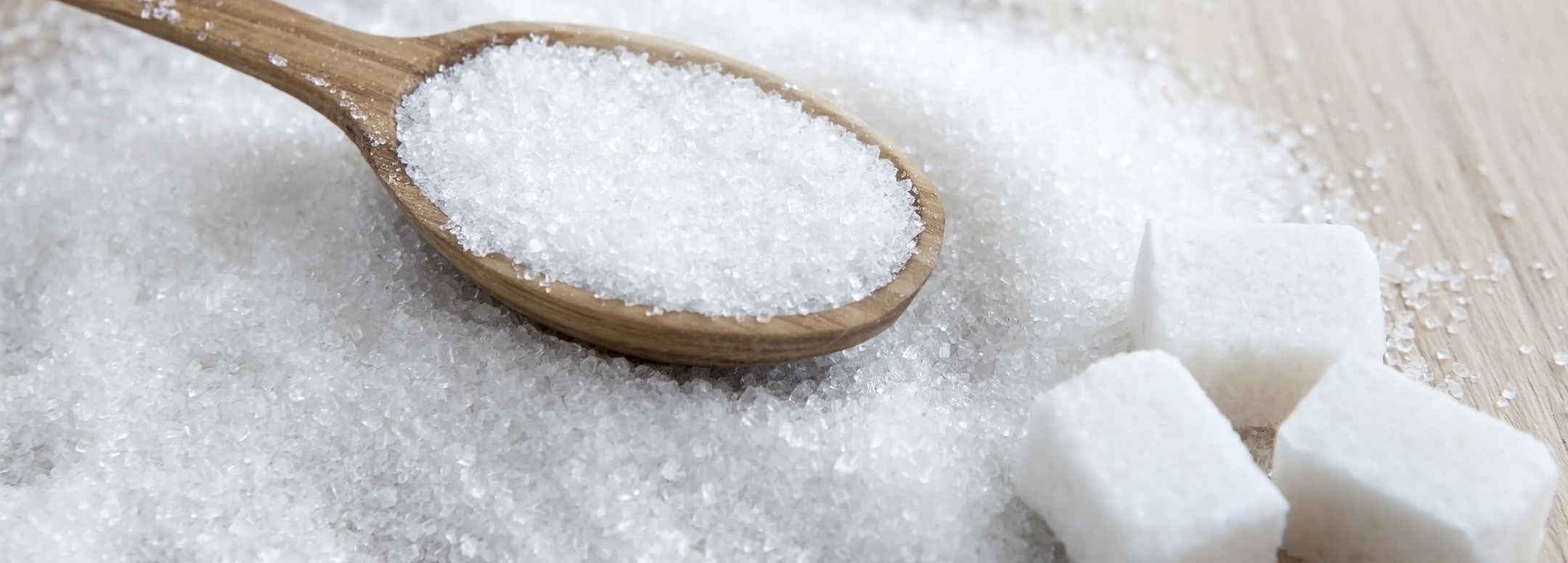There are many different kinds of sugar, and they are found in many living things, both vegetable and animal. But when people speak of sugar, they usually mean sucrose, the sugar that comes from sugar cane or sugar beets. Today about 55 percent of the world's output of sugar is cane sugar and about 45 percent is beet sugar.
Plants whose stalks were lusciously sweet were probably growing wild in New Guinea thousands of years ago. Early man used to have wars between tribes over these stalks. Later on, as man advanced in culture, the stalks of sugar cane were bartered for other goods and their use spread. In this way traders carried sugar throughout the islands of the South Pacific and eventually to Indonesia, Asia, and the Philippines.
Sugar cane was probably known in India in prehistoric times. We do know that as long ago as 400 b.c. cane sugar was in general use in India. The first Europeans to see the sugar cane were the invaders who went to India with Alexander the Great in 325 b.c. One of them described it as a grass that produced honey without the help of bees.
From India, sugar-cane culture and sugar manufacture spread to Persia between a.d. 500 and 700. When the Muslims from Persia conquered Arabia, Syria, Palestine, Egypt, and the Mediterranean areas, they introduced the use of sugar in those countries.
Sugar cane was first introduced into the United States in 1751. Jesuit missionaries brought the sugar cane from Haiti to New Orleans, Louisiana. By 1795 the commercial production of sugar had already begun.
#toknowmore.com















